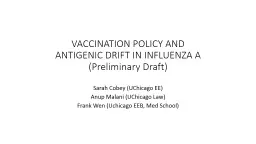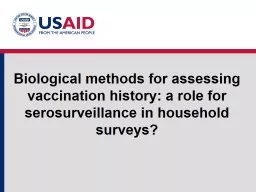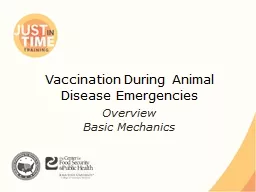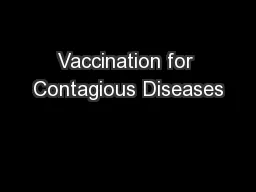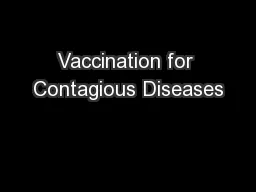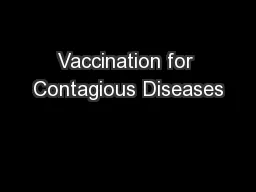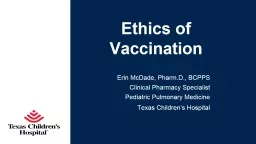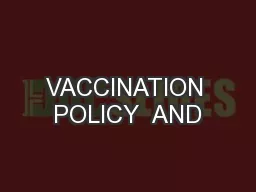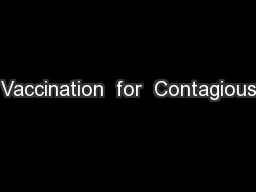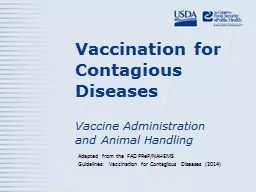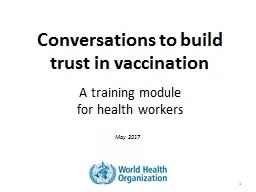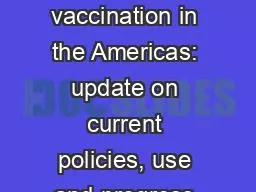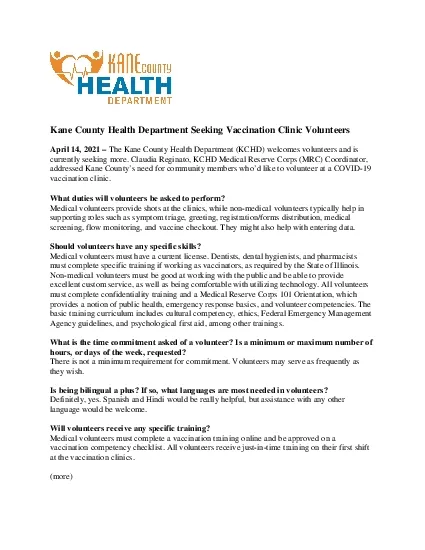PPT-VACCINATION POLICY AND
Author : sherrill-nordquist | Published Date : 2020-04-03
ANTIGENIC DRIFT IN INFLUENZA A Preliminary Draft Sarah Cobey UChicago EE Anup Malani UChicago Law Frank Wen Uchicago EEB Med School Overview Prior literature
Presentation Embed Code
Download Presentation
Download Presentation The PPT/PDF document " VACCINATION POLICY AND " is the property of its rightful owner. Permission is granted to download and print the materials on this website for personal, non-commercial use only, and to display it on your personal computer provided you do not modify the materials and that you retain all copyright notices contained in the materials. By downloading content from our website, you accept the terms of this agreement.
VACCINATION POLICY AND : Transcript
Download Rules Of Document
" VACCINATION POLICY AND "The content belongs to its owner. You may download and print it for personal use, without modification, and keep all copyright notices. By downloading, you agree to these terms.
Related Documents

